You’re invited to an afterwork icebreaker, including complimentary cocktails and lite bites at Ms. Yoo! Thurs., Nov., 17 from 6-10PM. Hosted by Javier Pedroza. Powered by 360 MAGAZINE – rsvp@the360mag.com
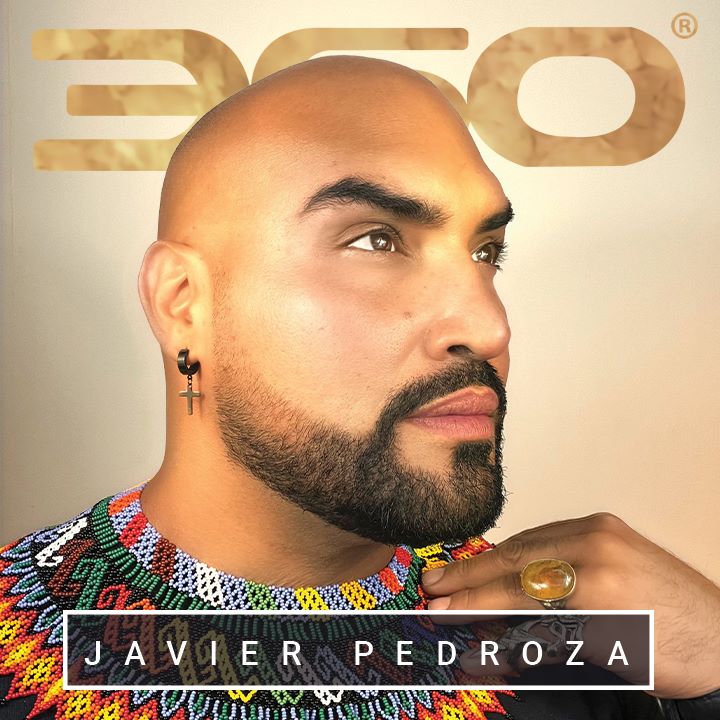

You’re invited to an afterwork icebreaker, including complimentary cocktails and lite bites at Ms. Yoo! Thurs., Nov., 17 from 6-10PM. Hosted by Javier Pedroza. Powered by 360 MAGAZINE – rsvp@the360mag.com
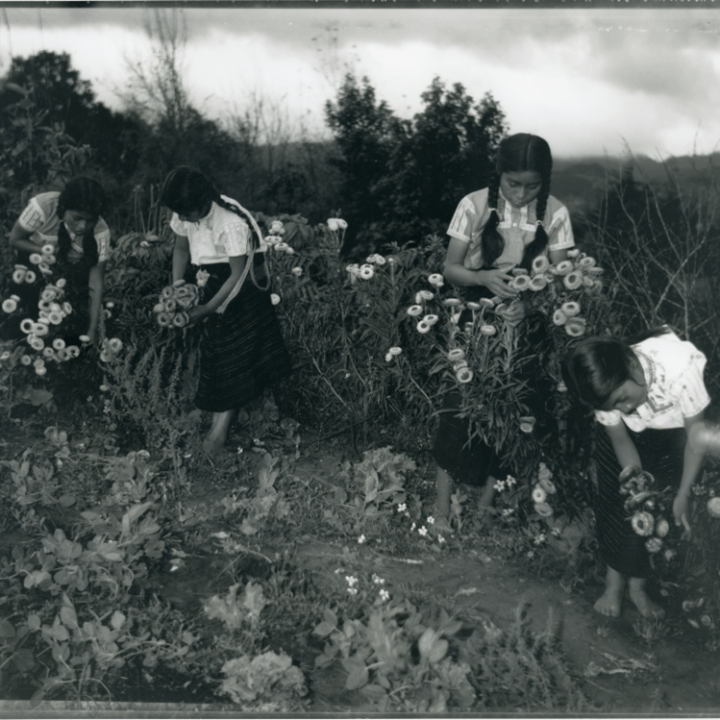
WEINBERG/NEWTON GALLERY PRESENTS MACARTHUR FELLOWS WENDY EWALD AND AMALIA MESA-BAINS IN TOWARD COMMON CAUSE, A COLLABORATION WITH THE SMART MUSEUM OF ART Weinberg/Newton Gallery (688 N. Milwaukee Ave.), a non-commercial gallery dedicated to promoting social justice causes, announced a collaboration with the Smart Museum of Art at the University of Chicago as an exhibiting gallery […]

Majority of Fans Support Removal of Baseball’s All-Star Game from Atlanta, Possible Removal of Super Bowl from Arizona Over Voting Laws Support for Boycott of Beijing Olympic Games Over Human Rights Issues; Support for Athletes, Leagues, Unions Championing Social Change By a 55-31 percent margin, a new Seton Hall Sports Poll has found that sports […]

During this time of national protest and unrest, many participants and volunteers within our organization have reached out to MAO to express their thoughts and feelings regarding the ongoing conversation around racial justice and MAO’s role in it. We have heard you and we are committed to further action. As many of you know, a […]
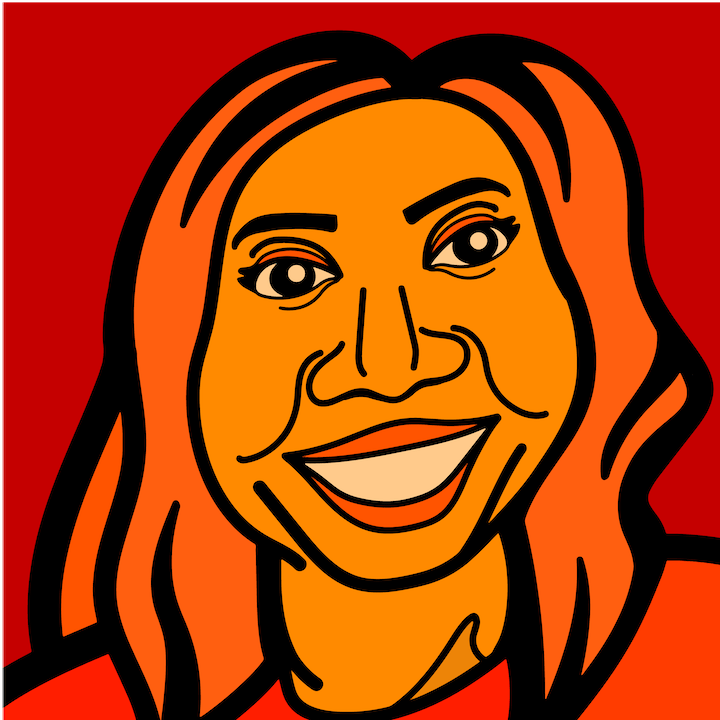
Academy Award-winning actress Octavia Spencer today joined the Ruderman Family Foundation in calling on the entertainment industry to increase the casting of people with disabilities, including in on-screen roles that portray characters with disabilities. “Casting able-bodied actors in roles for characters with disabilities is offensive, unjust, and deprives an entire community of people from opportunities,” […]

The Poor People’s Campaign will demand a moral policy agenda to heal America in a congressional briefing Thursday as it follows up on its digital Mass Poor People’s Assembly and Moral March on Washington that drew millions of viewers. Legislators and other political leaders from both sides of the aisle have been invited to attend […]

Isabella Laws, the General Manager of Tammy Hembrow’s Saski Collection, shares her insights, experiences, and aspirations related to working in the fashion industry, and particularly with the up-and-coming Saski brand. How did you first get involved with the fashion industry? I’ve actually been working in the fashion industry since my first job when I was […]
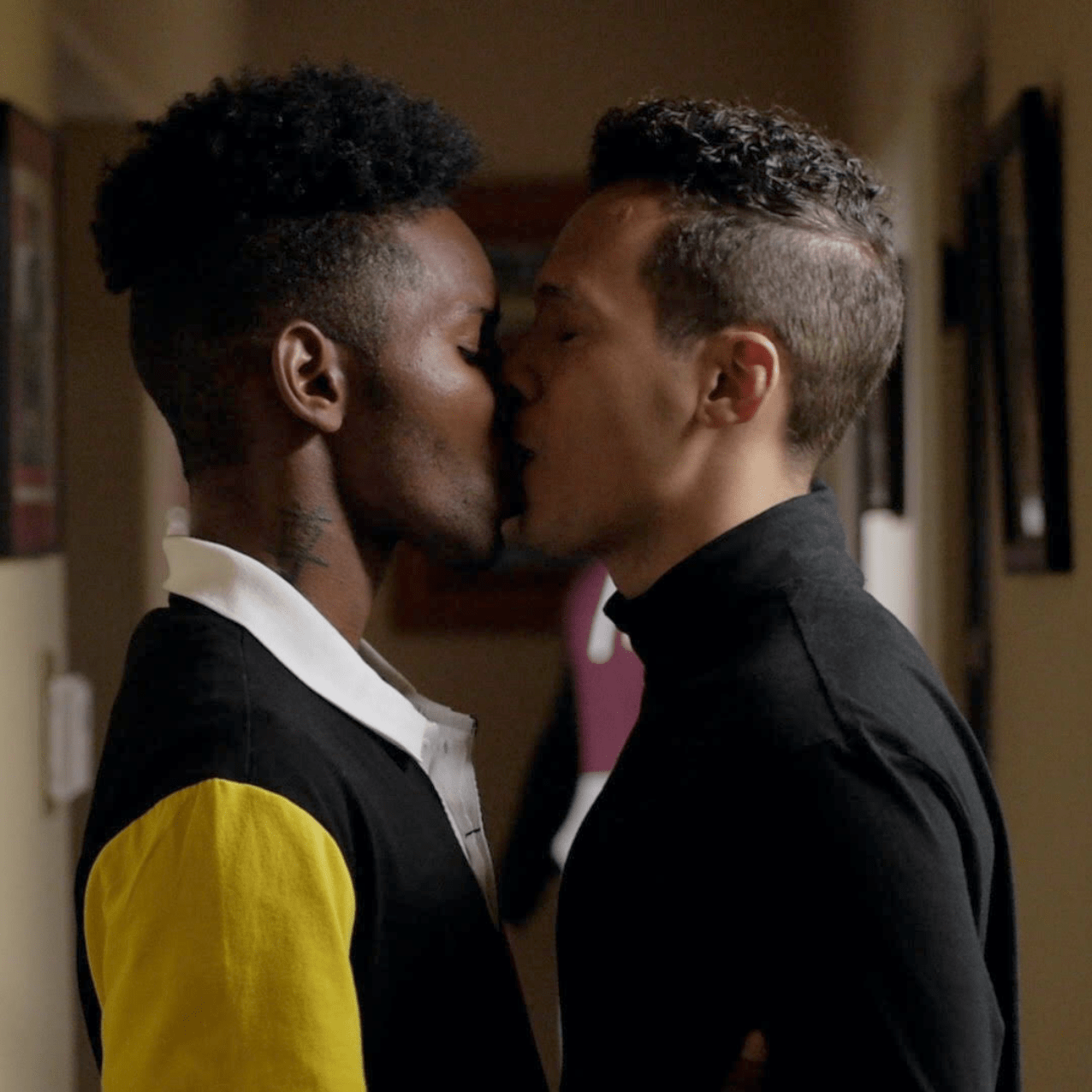
“The Chadwick Journals” is a 3-season series featured on Amazon Prime that deals with psychological and sexual journeys of men of color while they lead double lives and explore their identities. Deondray Gossett, a Los Angeles native, has been writing and producing this series since 2011. Married to Deondray, Quincy Le Near is also a producer and […]

The latest collection from the famed Japanese artist titled “Rise Again” employs his distinctive typographic treatments in a range of uplifting messages, aligning perfectly with LifeWear’s ethos as a unique vehicle for people to express themselves. In addition, men’s items have been added to the launch due to popular demand from the previous SS19 collection. The FW19 […]
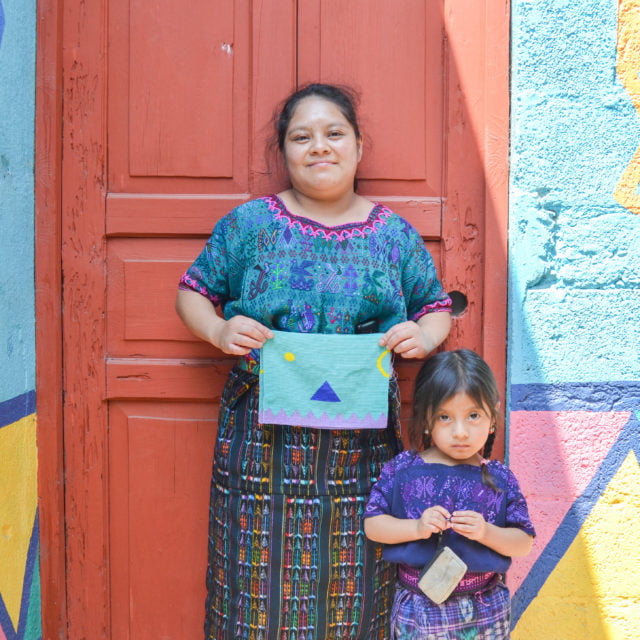
USING ART AND DESIGN AS CATALYSTS FOR SOCIAL CHANGE IN GUATEMALA. Filling a crater surrounded by conical volcanic peaks, Guatemala’s Lago de Atitlán – Central America’s deepest lake – has been a center for colorful textile production since Mayan times. Local women still wear the traditional huipil dress, patterned with iconography derived from the natural […]